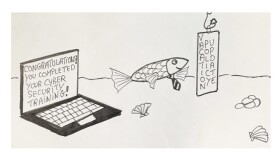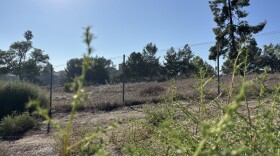The same smartphone sensors that can count your daily steps could be used to detect earthquakes. UC Berkeley seismologists released a new quake-monitoring app called MyShake on Friday.
The app taps into smartphone accelerometers — sensors commonly used to detect movement and orient screens based on how users hold their phones — to pick up on earthquake tremors. The app then relays data about the shaking back to the Berkeley lab, where researchers can hone the app's potential as an early warning system.
Eventually, MyShake could send out text messages before the heaviest tremors hit, giving users precious seconds to brace for the next big one.
UC Berkeley's Richard Allen co-authored a new study published in Science Advances describing how the app works. He said smartphones won't replace more accurate traditional earthquake monitoring systems — but they do have some advantages.
"The advantage they have is there are millions," said Allen. "There are 16 million smartphones in California alone."
In contrast, California's early warning system prototype, ShakeAlert — which Allen also works on — has about 400 seismic stations throughout the state.
Allen emphasizes that the MyShake app is a research project, while ShakeAlert is a proven technology. He urges California lawmakers to fund ShakeAlert, a proposal now being debated in the state legislature.
Allen said developing nations that don't have any detection system in place could benefit from smartphone quake-monitoring.
"For example, Nepal, where they had these big, damaging earthquakes in the beginning of last year. There's almost no seismic network. But there are six million smartphones," said Allen.
Allen and his colleagues taught the app to distinguish earthquake-related shaking from everyday movement by putting devices through different scenarios.
They left smartphones motionless in a university basement for a month, then put them through simulated earthquakes on lab shake tables. They also enlisted Berkeley students to carry the phones around with them to track normal daily movement.
MyShake's algorithms can now distinguish earthquake-related shaking from everyday shaking with 93 percent accuracy, according to the study. Allen said having more people using the app and collecting data in the real world will help scientists further refine its accuracy.
MyShake runs continuously in the background, but Allen said it doesn't drain smartphone batteries. An iPhone app is in the works.







